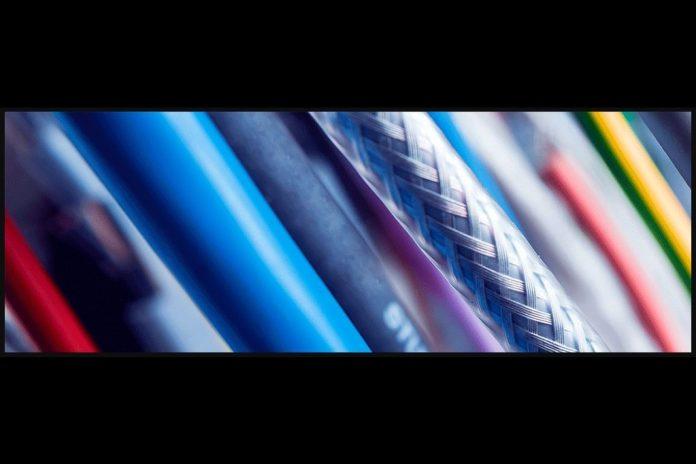With the increasing need for faster and more reliable data transmission, fiber optic cables have become popular for businesses to keep up with the fast-paced digital world. Among the different types of fiber optic cables, single-mode fiber optic cables have been gaining significant attention due to their ability to transmit data over long distances and at high speeds.
This blog will discuss how single mode fiber optic cables are revolutionizing workplace connectivity and why they are the future of fiber to the desktop.
What is Single Mode Fiber Optic Cable?
Single-mode fiber optic cables are made up of a small glass core, about the same thickness as human hair, surrounded by a cladding layer. The core and the cladding layers have different refractive indexes, which allow the cable to transmit light signals over long distances.
Unlike multimode fiber optic cables, which have a larger core and allow multiple light signals to travel through the cable at the same time, single-mode fiber optic cables allow only one light signal to travel through the core. This results in less signal degradation and allows for faster and more reliable data transmission.
Advantages of Single Mode Fiber Optic Cable
High Bandwidth & Fast Data Transmission: Single-mode fiber optic cables typically have a much higher bandwidth than copper cables and can transmit data at much faster speeds. They can transmit data at speeds of up to 100 Gbps over long distances without any loss of signal quality.
Longer Transmission Distance: Single mode fiber optic cable tend to transmit data over much longer distances than copper cables or multimode fiber optic cables. They can transmit data over distances of up to 10 km or more without the need for signal amplification or regeneration.
Immunity to Electromagnetic Interference: Electromagnetic interference does not affect single-mode fiber optic cables, which can cause data loss or signal degradation in copper cables. This makes them an ideal choice for environments where there is a lot of electromagnetic interference, such as data centers or industrial environments.
Better Security: Single mode fiber optic cables are much harder to tap into than copper cables. They do not emit electromagnetic signals, which makes them much more difficult to intercept. This makes them an ideal choice for businesses requiring high data security levels.
Fiber to Desktop
Fiber to desktop is a technology that allows businesses to provide high-speed fiber optic connectivity directly to individual workstations. With fiber to desktops, businesses can provide employees with faster and more reliable internet connectivity, which can result in increased productivity and efficiency.
Traditionally, fiber optic cables have been used to connect data centers and other centralized locations to individual workstations. However, with the advent of fiber-to-desktop technology, businesses can now provide direct fiber optic connectivity to individual workstations.
Single Mode Fiber Optic Cable and Fiber to Desktop
Single-mode fiber optic cables are an ideal choice for fiber-to-desktop applications due to their ability to transmit data over long distances without any signal degradation. With single-mode fiber optic cables, businesses can provide employees with high-speed internet connectivity directly to their workstations without the need for signal amplification or regeneration.
Single-mode fiber optic cables also allow businesses to provide employees with more secure internet connectivity. They are much harder to tap into than copper cables, which makes them an ideal choice for businesses that require high levels of data security.
Conclusion
Single-mode fiber optic cables are revolutionizing workplace connectivity and are quickly becoming the preferred choice for businesses that require fast and reliable data transmission. With their ability to transmit data over long distances and at high speeds, they are an ideal choice for fiber-to-desktop applications.
Businesses can improve productivity and efficiency by providing employees with direct fiber optic connectivity to their workstations. With the added benefit of increased data security, single-mode fiber optic cables are the future of workplace connectivity.
